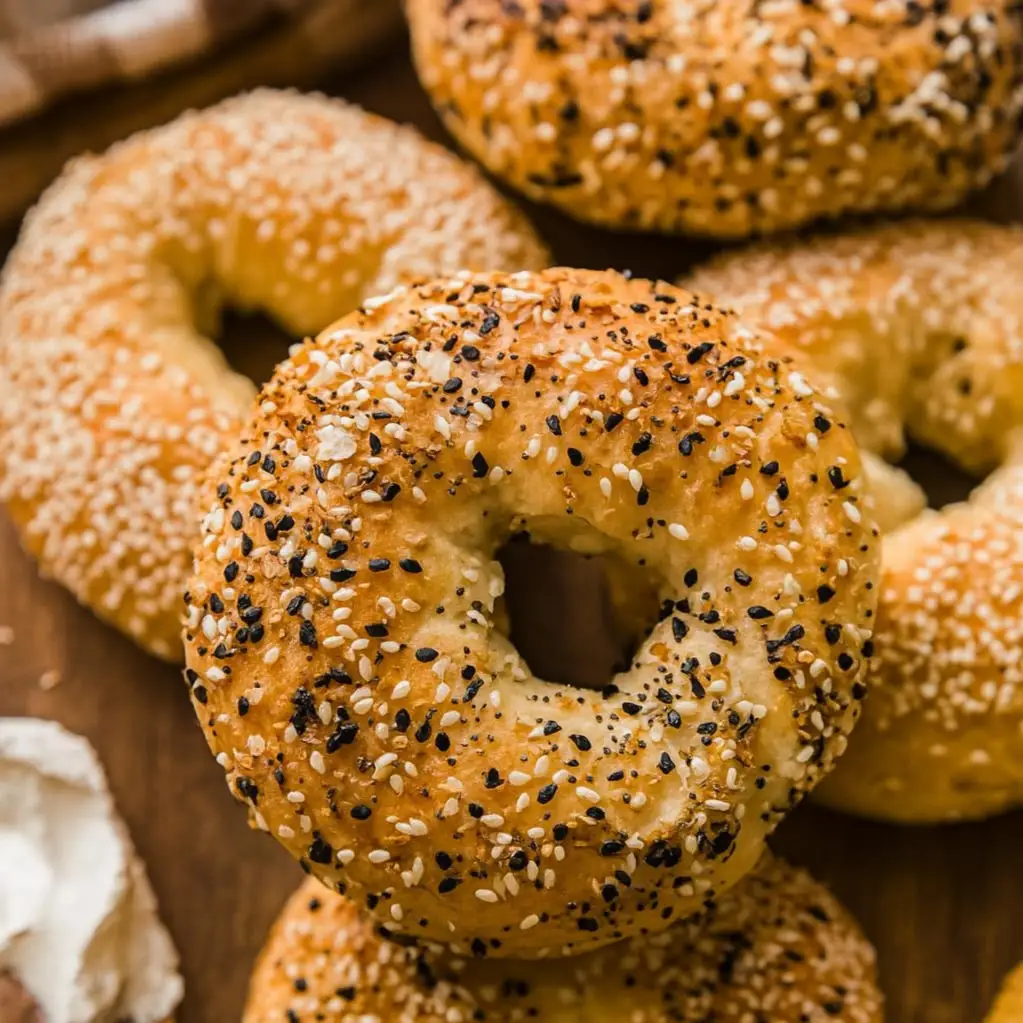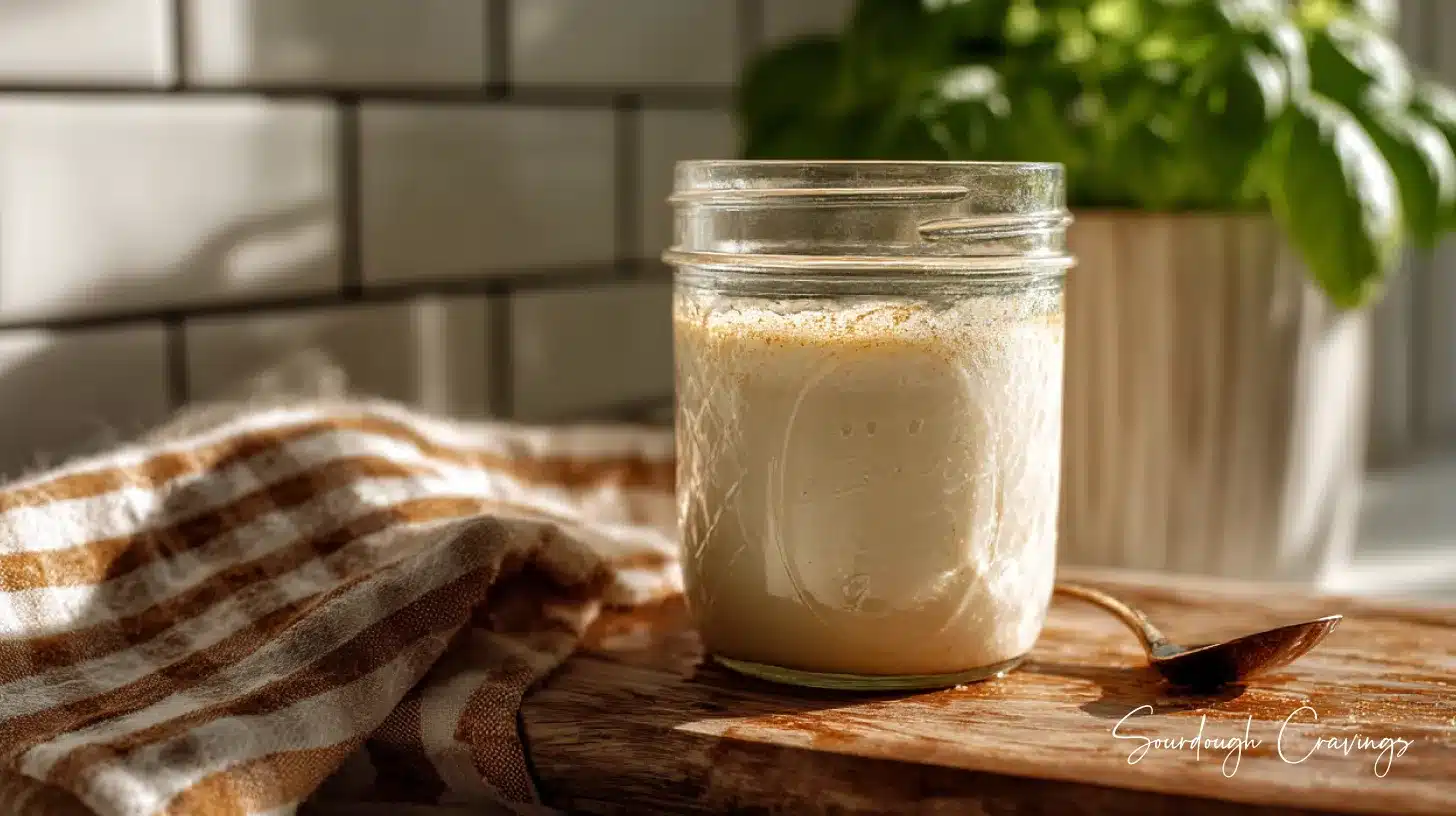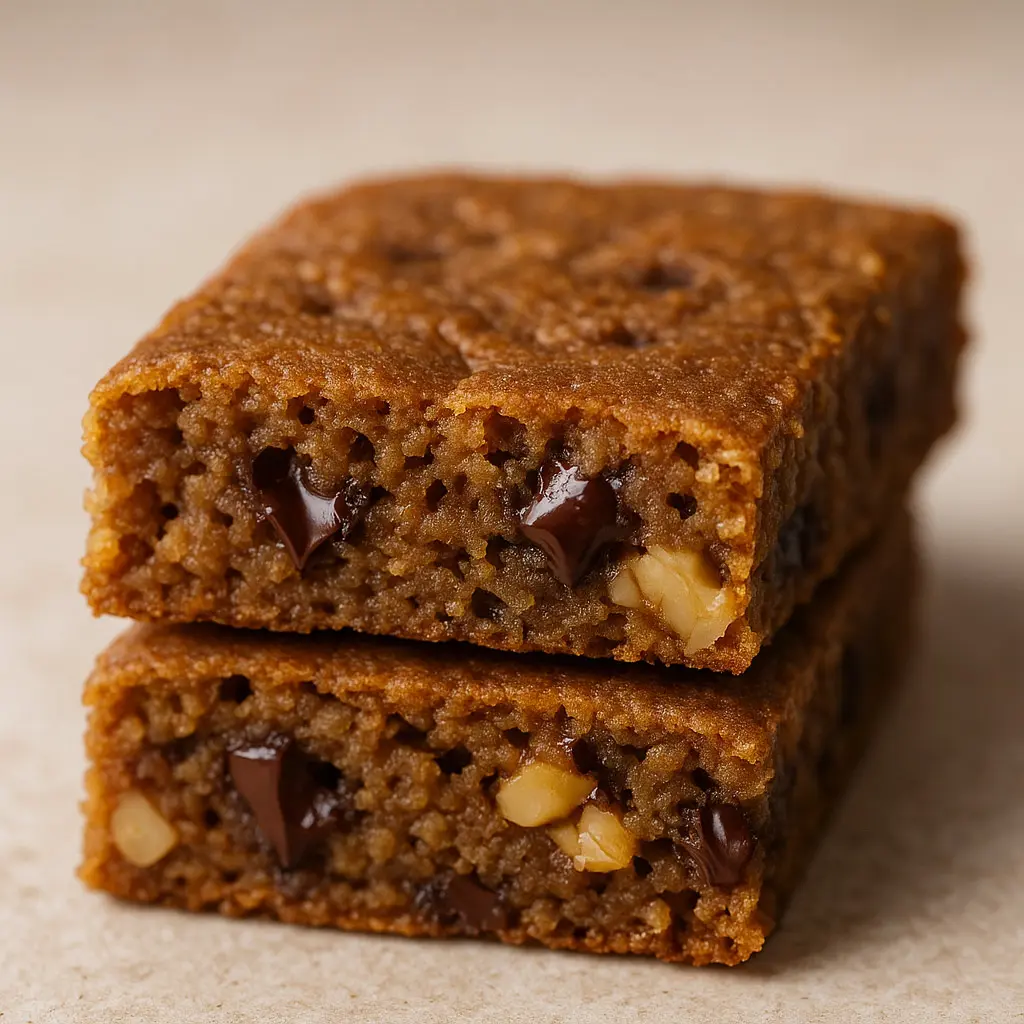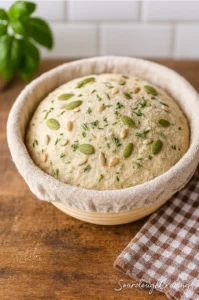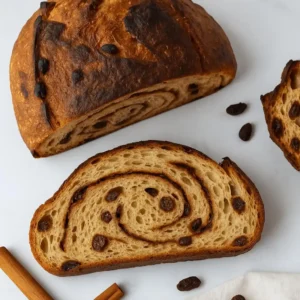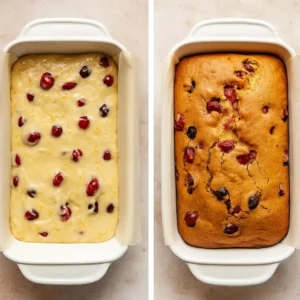The Loaf That Made My Holiday Table a Tradition
The first time I baked cranberry walnut sourdough, it was two days before Thanksgiving. I had just found a bag of dried cranberries hiding in the back of my pantry and a handful of walnuts left over from a fall salad. My starter was bubbly, my hands were cold, and I figured—why not?
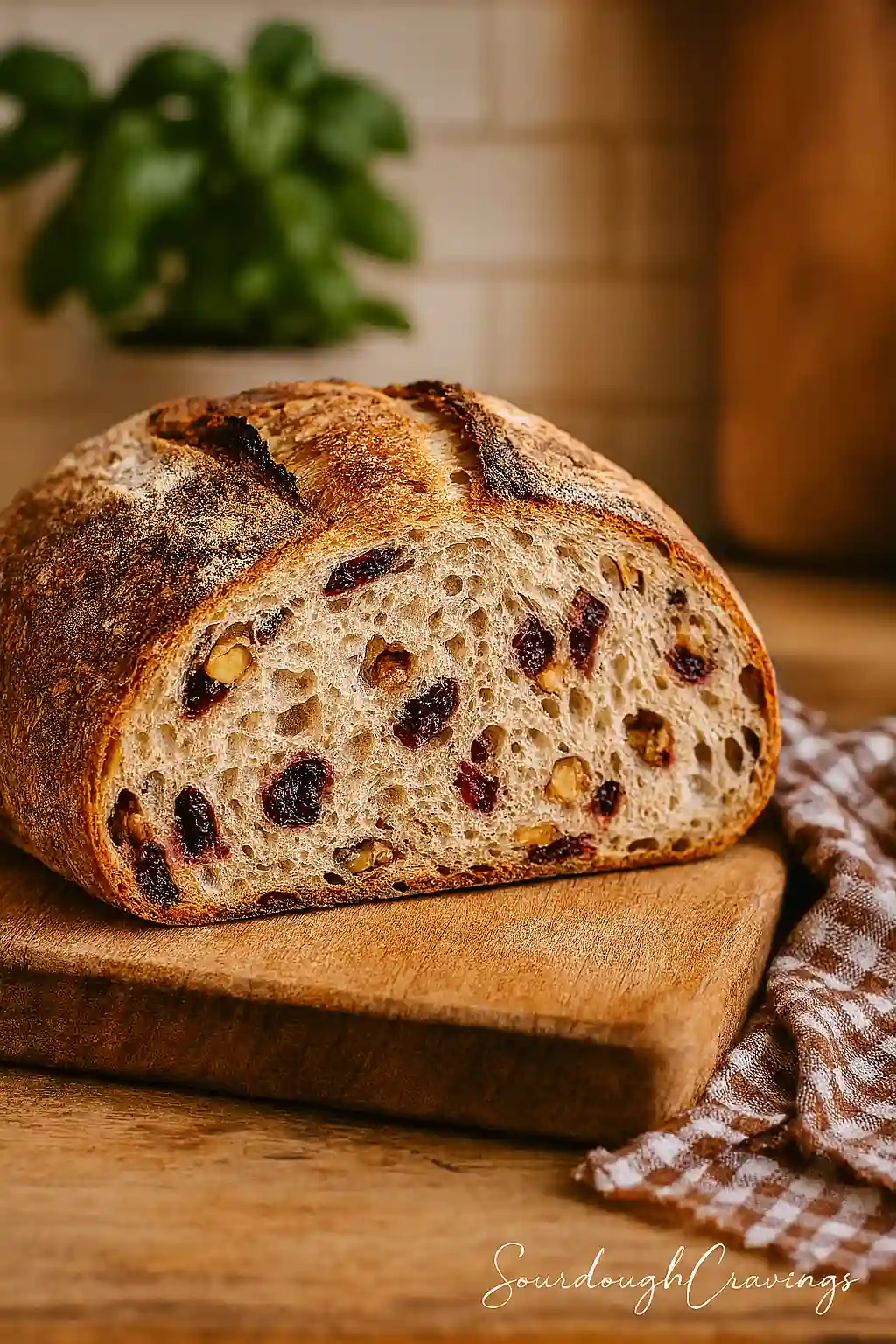
That loaf came out tangy, nutty, and just sweet enough. The crust had this subtle caramel edge, and the crumb was chewy with pops of tartness. I served it alongside roasted squash soup, and let’s just say… no one asked about the pie that year.
Now, cranberry walnut sourdough is part of my go-to rotation, especially when sweater weather rolls in. It fits right into the Sweet & Fruity Inclusions I keep coming back to—especially when the house smells like cinnamon and something’s baking.
And yes, it makes the best toast I’ve ever had. Hands down.

Cranberry Walnut Sourdough
Ingredients
Method
- 1. Feed your sourdough starter the night before if needed.

- 2. Soak cranberries in warm water for 15 minutes. Drain and pat dry. Toast walnuts at 350°F for 8–10 mins.
- 3. Autolyse: Mix flour and water, rest for 1 hour.
- 4. Add starter and salt. Mix until incorporated.
- 5. Lamination: Stretch dough and laminate in cranberries and walnuts.
- 6. Perform 3 sets of stretch and folds over 3 hours.
- 7. Bulk ferment until dough has risen ~50% (4–6 hours total).
- 8. Pre-shape and bench rest 20 minutes.
- 9. Final shape and place in proofing basket.
- 10. Cold-proof in fridge overnight (12–16 hours).
- 11. Bake in preheated Dutch oven at 475°F: 22 minutes covered, 22 uncovered.
- 12. Cool for 1 hour before slicing.

Nutrition
Notes
Loved this recipe?
Leave a rating & comment. how it was!Table of Contents
Why Cranberry Walnut Sourdough Works So Well
When I first started experimenting with cranberry walnut sourdough, I wasn’t expecting such a magical balance. The dough’s natural tang pairs beautifully with the sweet, tart burst of dried cranberries and the earthy crunch of toasted walnuts. It’s not just flavorful—it’s layered. Every bite feels like a little surprise, especially when those cranberries plump up during baking and the walnuts toast right into the crumb.
The Sweet-Tart Nutty Combo
The genius of cranberry walnut sourdough is how each inclusion enhances the other. Dried cranberries bring a juicy brightness that cuts through the sourdough’s fermented edge, while the walnuts add depth, crunch, and that rustic, bakery-style vibe. If you’re not a walnut fan, pecans can be a softer, buttery substitute—but I’m team walnut all the way for the contrast they add.
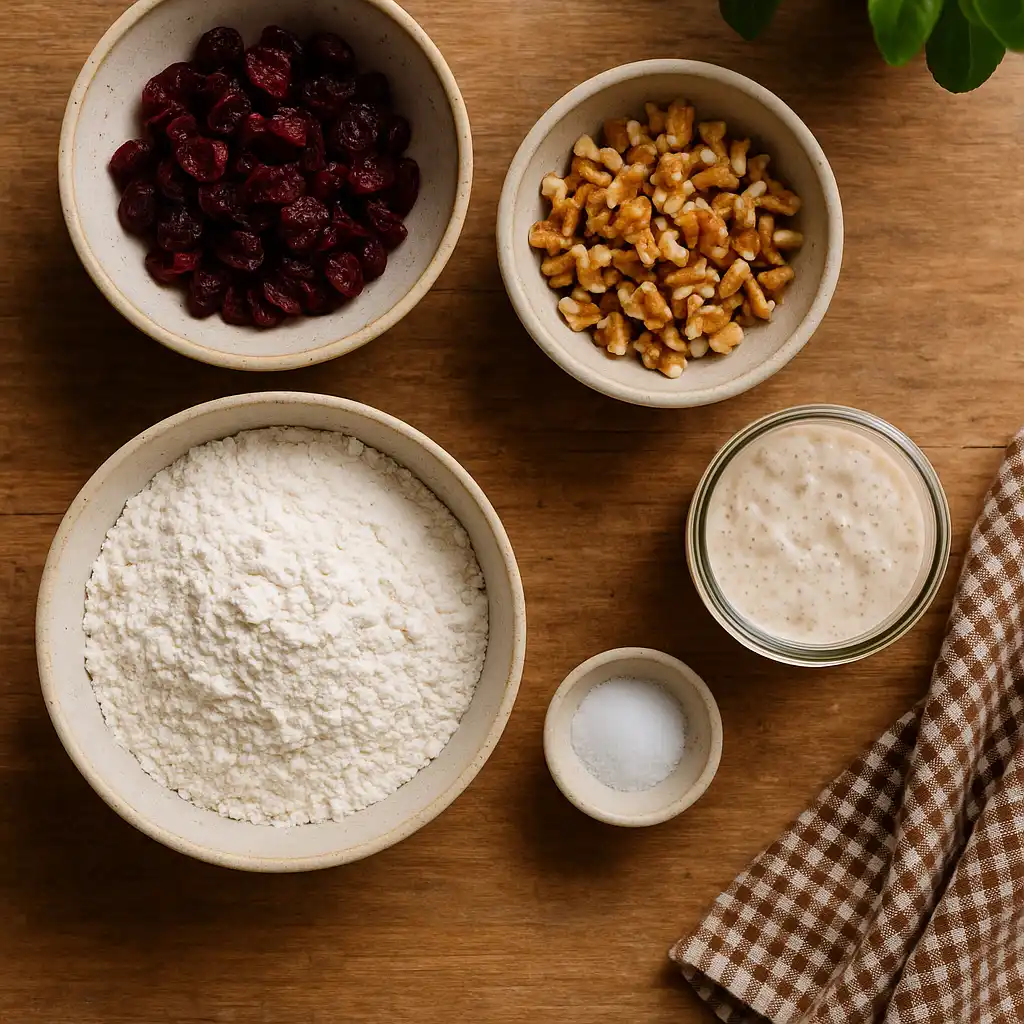
This loaf is a favorite in my Garlic Herb Sourdough crowd too—folks who usually lean savory but get converted when they try it toasted with a smear of whipped goat cheese or honey butter.
Texture, Aroma & Nutrition
Beyond flavor, the texture of cranberry walnut sourdough is a dream. The crumb is chewy with golden swirls of fruit and toasted nuts. The walnuts add a slightly oily richness that keeps the interior moist, while the cranberries bring in subtle floral notes. Bonus? Both add fiber, healthy fats, and natural sweetness without added sugar.
Here’s a quick look at how this loaf stacks up against other fruity mix-ins:
| Mix-In | Flavor Notes | Texture |
|---|---|---|
| Cranberry & Walnut | Tart, nutty, rich | Crunchy, chewy |
| Cinnamon Raisin | Sweet, spiced | Soft, dense |
| Chocolate Orange | Bright, bittersweet | Silky, light |
📌 Flavor and texture comparison of popular sweet sourdough inclusions
Step-by-Step: How to Make Cranberry Walnut Sourdough
There’s something special about folding juicy cranberries and warm toasted walnuts into sourdough. The dough feels more alive—more celebratory. Making cranberry walnut sourdough does take a bit of planning, especially since dried fruit can impact hydration, but with a little prep, it’s as easy as your favorite go-to loaf.
Preparing the Cranberries & Walnuts
To get the best flavor and texture, I always soak my cranberries in warm water for about 15 minutes before mixing. This keeps them from drawing moisture from the dough and helps them plump beautifully during baking.
The walnuts, on the other hand, need a quick toast. I spread them on a baking sheet and pop them in a 350°F oven for about 8–10 minutes until they smell nutty and golden. Let them cool completely before folding into your dough—hot nuts will melt your dough structure faster than you can say “oven spring.”
You can even mix in a little orange zest or cinnamon at this stage for a cozy holiday twist.
When & How to Add to Dough
This is where cranberry walnut sourdough gets a little fussy if you’re not careful. I prefer to add the inclusions during lamination—about 30 to 45 minutes after the autolyse and mix. Allowing the dough to rest first helps it build strength before you stretch it and fold in the fruit and nuts.
If you’re not into lamination, a gentle fold-in during your first stretch and fold works too. Just go slowly and don’t overwork the dough—it’ll tear if you rush it.
Also, watch your hydration. The soaked cranberries bring in water, and the walnuts reduce dough elasticity slightly. If your dough feels slack, a longer bulk ferment or cooler proofing temp can help. More on that in the next section.
Visual Timeline:
Here’s how the day typically flows when I make this loaf.
📌 Cranberry Walnut Sourdough Baking Timeline (24hr Schedule)
- 8:00 AM — Feed starter
- 12:00 PM — Autolyse
- 1:00 PM — Mix starter + salt
- 1:45 PM — Laminate in cranberries & walnuts
- 2:30–6:00 PM — Bulk ferment w/ folds
- 6:00 PM — Shape and cold proof overnight
- 7:00 AM (next day) — Bake at 475°F
Avoiding Gummy Crumb
Let’s talk about a common frustration with cranberry walnut sourdough: the dreaded gummy crumb. This loaf can be tricky because cranberries are hydrophilic—they hold onto moisture—and walnuts introduce fats that soften the crumb. If your loaf feels underbaked even after a full bake time, it’s usually a sign your hydration or bake temp needs adjusting.
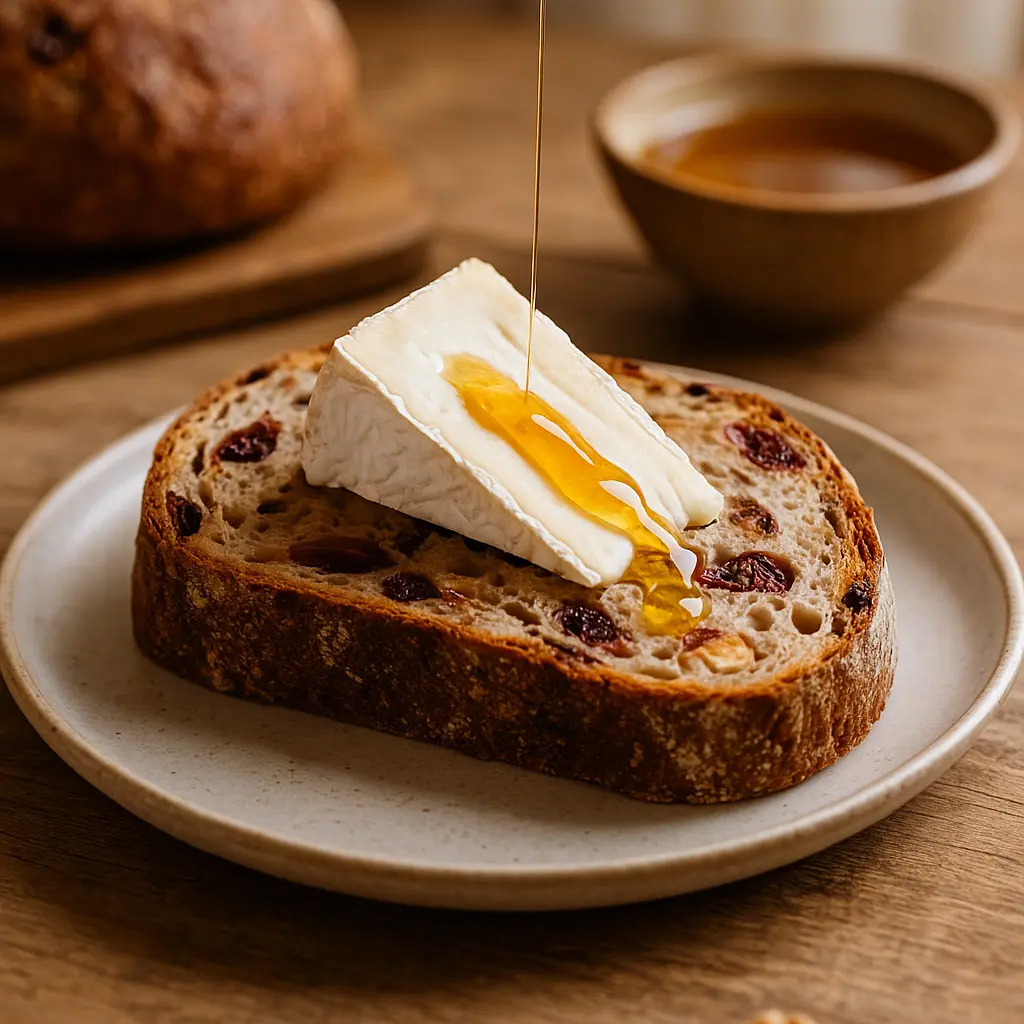
The sweet spot I’ve found for this recipe is around 70–72% hydration. If the temperature’s too high, you’ll end up with a dense center. Too low, and the crumb can dry out—especially if you’re slicing it over a few days.
To bake it through, I always preheat my Dutch oven for a full 45 minutes at 475°F. I bake the dough straight from the fridge—cold—and start with 22 minutes covered, then finish with 22 minutes uncovered. The crust comes out crisp, caramelized, and lightly blistered—just how I like it.
Still struggling? This guide from King Arthur Baking breaks down fruit-based hydration adjustments really well.
When to Score & Steam for Best Crust
Scoring cranberry walnut sourdough is a little different than scoring a plain country loaf. Because of the inclusions, you’ll want to avoid slashing through clusters of fruit and nuts, or you’ll end up with gaps in your crust. I use a shallow ear slash, slightly offset from center.
Steam is crucial for oven spring—no matter how much fruit is inside. If you’re not using a Dutch oven, try placing a cast iron pan with boiling water on your oven floor for that first 15–20 minutes.
One more tip: cold dough always scores better. It’s firmer, easier to control, and holds its shape beautifully in the oven.
📊 Interactive Slider Tool
Try adjusting hydration based on your inclusion percentages:
📌 Hydration Adjustments for Cranberry Walnut Sourdough
Recommended Hydration: 72%
How I Serve This Toast-Worthy Loaf
If I could bottle up the scent of cranberry walnut sourdough straight from the oven, I would. It’s cozy, nutty, and just sweet enough that it practically begs for a pat of butter or swipe of cream cheese. Around the holidays, I love slicing it into thick pieces for French toast or layering it under soft cheeses on a charcuterie board. And yes—this loaf absolutely shines next to roasted turkey or pork tenderloin.
When friends ask for something less savory than my Everything Bagel Sourdough, this is the one I bake. It’s still rustic and hearty but leans sweet without crossing into dessert territory. One friend told me it tastes like the holidays wrapped up in a crusty hug—and I totally agree.
Storage Tips (and Freezing Advice)
Because dried fruit adds moisture, cranberry walnut sourdough tends to stay soft longer than plain loaves. That’s great for texture, but it also means mold can sneak up if you’re not careful.
Here’s how I store it:
- Day 1–2: Wrapped in a clean kitchen towel on the counter
- Days 3–4: Move the loaf into a paper bag or store it in a bread box.
- Beyond 4 days: I slice and freeze in pairs for quick toast or grilled cheese moments
Avoid plastic if possible—it traps moisture and dulls the crust. And whatever you do, don’t refrigerate unless you enjoy stale bread (no judgment).
Storage Method Comparison Table:
| Method | Best For | Drawbacks |
|---|---|---|
| Towel + Counter | Maintaining crust texture | Short shelf life (2–3 days) |
| Freezer (sliced) | Long-term storage | Requires reheating |
| Plastic bag | Soft crumb preservation | Soggy crust, mold risk |
📌 Best ways to store cranberry walnut sourdough and preserve flavor
FAQs About Cranberry Walnut Sourdough
You wouldn't believe how many messages I get about cranberry walnut sourdough—it’s easily one of the most crowd-pleasing loaves on my blog. Whether you're making it for the holidays or just looking for an everyday loaf with a little extra personality, here are some of the most common questions I get from fellow bakers.
What type of cranberries should I use in cranberry walnut sourdough?
I always recommend using dried cranberries—the kind you’ll find in the bulk section or baking aisle. You can use sweetened or unsweetened varieties depending on how tart you like your cranberry walnut sourdough, but I usually go for the lightly sweetened ones. They plump up nicely when soaked and add that pop of brightness you want in every bite.
Avoid fresh cranberries unless you're adjusting the hydration and chopping them small. Fresh berries are much juicier and will affect your fermentation times and dough structure.
Can I substitute pecans or almonds for the walnuts?
Absolutely. While walnuts are classic for cranberry walnut sourdough, you can easily switch in chopped pecans for a softer texture or sliced almonds for a little crunch. Just be sure to toast any nuts you use—this step adds flavor and helps remove some of the oils that can interfere with gluten development.
One of my readers even made a version with macadamia nuts and said it tasted like a bakery-style cookie loaf. That’s the beauty of this recipe—it’s flexible and forgiving, like a good pair of jeans.
Do I need to soak the dried fruit before mixing?
Yes—please soak your cranberries! It’s one of the easiest ways to prevent a dry, uneven crumb in cranberry walnut sourdough. I usually soak mine in warm water for 10–15 minutes, then drain and pat them dry. This ensures they don’t steal moisture from the dough itself and allows them to plump up during the bake instead of burning or shriveling.
If you’re adding other dried fruits (like cherries or blueberries), apply the same rule.
Why is my cranberry walnut sourdough coming out dense or flat?
There are a few usual suspects here:
Overloading the dough: Adding too many cranberries or walnuts can weigh the loaf down. Stick to 20–30% total inclusion by flour weight.
Skipping the soak or toast: Dry cranberries pull water out of your dough; untoasted nuts can release oils that weaken the gluten.
Underproofing: This is common when cold-proofing a sweet loaf. Watch for that jiggle test, not just the clock.
If you’re following your usual sourdough routine and your cranberry walnut sourdough still feels off, try increasing your bulk fermentation time slightly and cutting back on hydration by 2–3% to balance the fruit load.
For more insight on handling inclusions like this, revisit the visual tips in my Best Sourdough Inclusions guide—especially the section on sweet & fruity mix-ins.
Final Thoughts on Cranberry Walnut Sourdough
There’s a reason cranberry walnut sourdough never lasts more than a day or two in my house—it’s that irresistible mix of texture, tang, and toasted goodness that feels just a little fancy without being fussy. Whether you’re making it for a festive gathering, gifting a loaf to a neighbor, or just upgrading your daily toast game, this bread delivers.
I love how it fits into my sweeter baking rotation right alongside Cinnamon Raisin Sourdough—but the cranberry walnut version holds its own with savory meals, too. A slice with creamy brie, a drizzle of honey, and a hot cup of coffee? Don’t even get me started.
If you're exploring more sweet and fruity sourdough styles, this one's a great place to start. And if you're still deciding what kind of inclusion-based loaf suits your vibe, my full Best Sourdough Inclusions guide has flavor ideas for every season and craving.
From one home baker to another, this loaf has become a year-round favorite—and I hope it becomes one of yours too.




